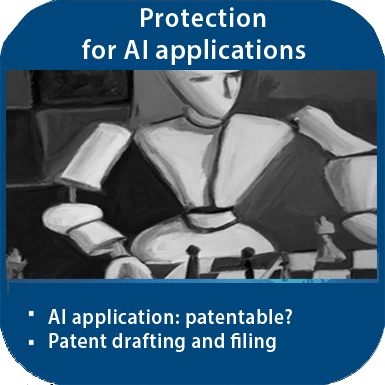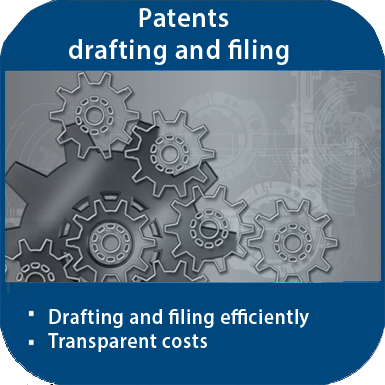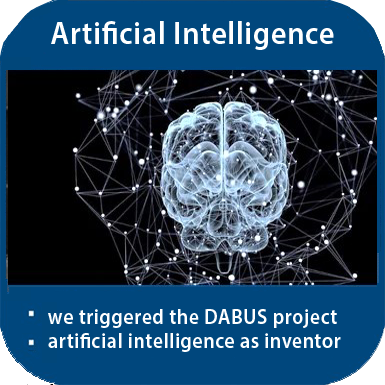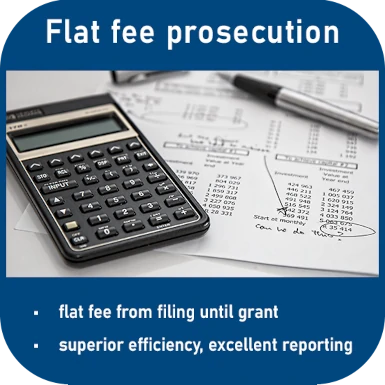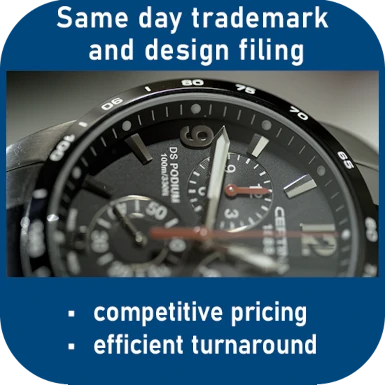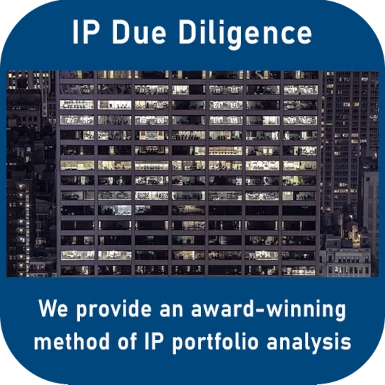AI Sound and AI Voice: Sound mark? Copyright?

For a few months now, the chatbot ChatGPT has publicity for innovations with AI application, and not only for texts. AI sound is also moving into the public focus, AI music as well as voice cloning or using AI avatars with voice.
AI Sound - General Trend
Remixing music with the help of computer programmes has been common practice for decades. Legendary in this context is the legal dispute over the rhythm sequence in the song "Metall auf Metall" by the band Kraftwerk from 1977.
Was the sampling of music in the 1997 track "Nur mir" also permitted without the consent of the sound carrier, in which the audio fragment from "Metall auf Metall" was used, albeit modified by a loop and slowed down speed? This legal dispute was ultimately decided by the European Court of Justice (ECJ) in July 2019. If the sampling of music is inserted in an altered form that is not recognisable when listening, this is permissible even without consent, the ECJ ruled, with reference to the legal regulations for sound recordings.
Another milestone in the context of music and notably AI music was the AI project "Beethoven's 10th". On 9 October 2021, Beethoven's 10th Symphony was premiered in Bonn, "the Unfinished" completed by artificial intelligence – in Beethoven-style.
Now, the voice systems of the tech companies are daily use, AI sound and also AI voice by AI avatars are moving into the public focus. Reason enough to briefly inform about sound trademark and copyright.
Sound mark – applications easier since 2017
Until 2017, there was an obligation for a trade mark application to graphically represent the desired scope of protection. The new EU Trade Mark Regulation simplified this significantly, it has been in force since 1 October 2017. In Germany, the new German Trademark Law Modernisation Act (MaMoG) came into force on 14 January 2019.
Since then, common and widespread formats such as JPEG, X3D, MP3 or MP4 are considered permissible for a trademark application. It is even permissible for the representation of the trade mark to be represented by an electronic link.
This makes it much easier to apply for new types of trade marks in particular, e.g. holograms, motion marks and video scenes as well as sound marks for music sequences, voices and sounds.
Attention was therefore drawn to the European Court (CFI) decision "Dosen Plopp" (CFI, sound mark "Dosen Plopp", EU:T:2021:420). The sound mark "Dosen Plopp" (the sound made when opening a beverage can) was devoid of distinctive character, the CFI ruled. In this context, the CFI stated the following:
i) A sound, in order to be registered as a trademark, must have resonance: the sound must not be merely a functional component or indicator without intrinsic characteristics.
ii) Consumers must make a connection through the sound mark to its trade origin - as with any trademark.
iii) This does not have to happen before or at the point of purchase; even if the sound is created at the point of consumption, it can still refer to its corporate origin.
iv) A sound mark cannot be seen as basically equivalent to 3D marks representing goods or packaging and therefore subject to higher requirements in terms of distinctiveness.
AI Sound and the IP rights
Legal protection in relation to AI sound can be considered from three aspects:
a) What rights do the original creators of music, voice or sounds have?
b) Legal regulations on AI applications
c) Which protective IP right is conceivable for the generated AI sound?
Regarding aspect a), it can only be said that there is currently no uniform legal situation on this - please also read our article concerning ChatGPT.
Aspect b) is getting a lot of attention right now: on 28 April 2023, the EU Parliament agreed on the upcoming European AI Regulation, the AI ACT. On 13 Mai 2024 the AI ACT has been adopted by the EU-Parlament.
International coordination is also increasing in relation to AI. The five largest IP offices in the world (the EPO, the JPO, the KIPO, the CNIPA and the USPTO), known as the "IP5", are aiming to expand and harmonise legal, technical and strategic aspects in connection with new technologies and AI.
We also like to refer here to Dr Malte Köllner, founder and partner of our law firm Köllner & Partner. He is co-initiator of the International AI project DABUS.
Regarding aspect c), we recommend checking whether protection as a sound mark for the KI Sound is possible. This is because protection as a trademark can always be renewed - as long as the trademark is used commercially.
AI sound may also be protected by a patent. Algorithm and software are patentable in many cases, please read our blog post on this.
Our patent law firm offers expertise and knowledge in innovations with AI application. We advise the best possible protection, having in mind what can be realized.
Please contact us, by phone at +49 69 69 59 60-0 or info@kollner.eu.
